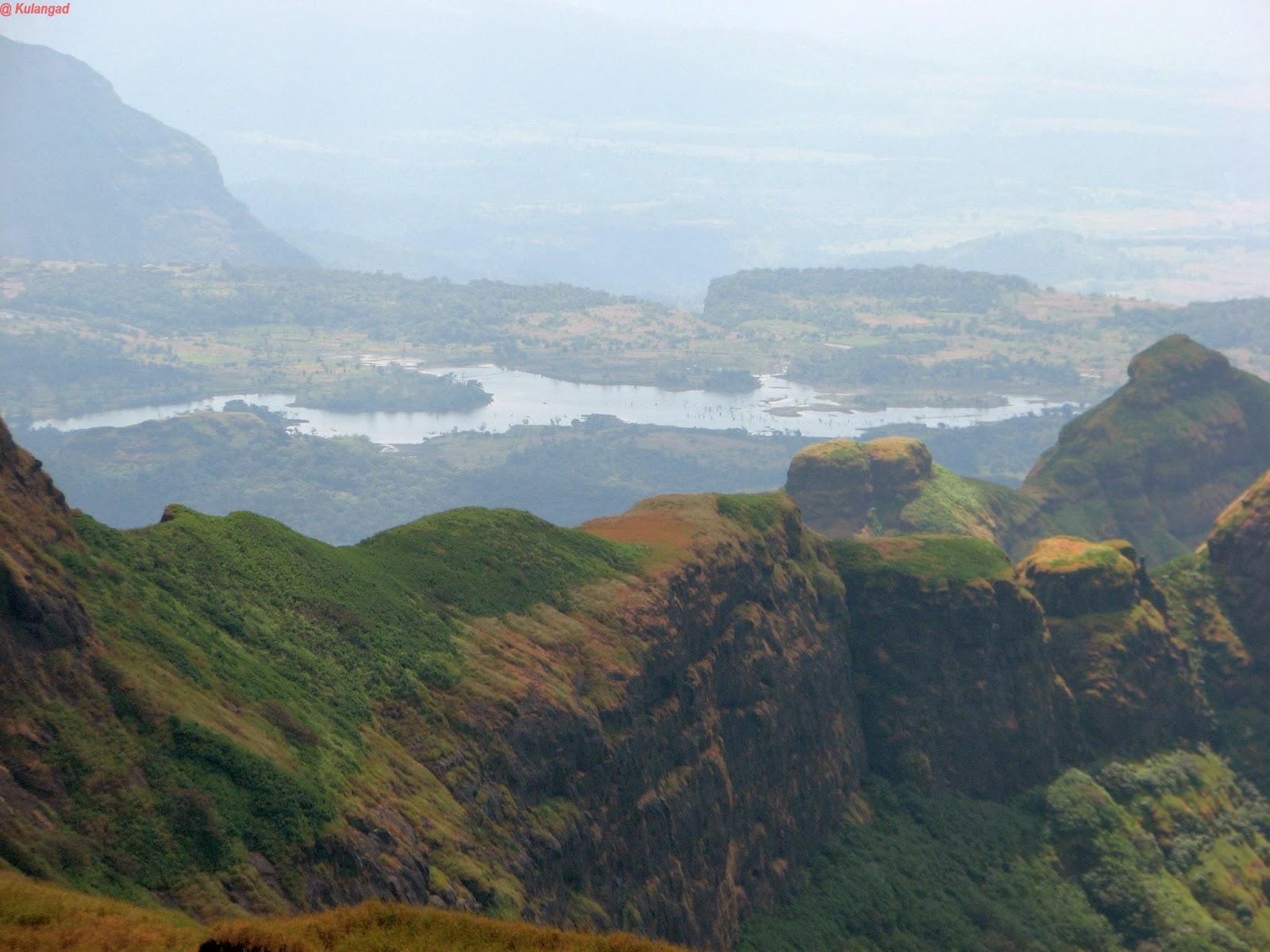Tucked amidst the imposing Kalsubai range in Maharashtra’s Nashik district, Kulangad Fort stands as a testament to both history and formidable trekking. Part of the challenging trio – Alang, Madan, and Kulang (AMK) – this trek is an adventure enthusiast’s dream and demands significant physical and mental fortitude. Join us in exploring this majestic fort, its legends, and all you need for a successful trek.

Difficulty Level: Strenuous
The Kulangad Fort trek is widely considered one of Maharashtra’s most difficult hikes. Expect steep rock-cut steps, narrow traverses, and exposure that calls for experience and a head for heights. This trek is not recommended for beginners and requires technical climbing expertise in some sections.
History and Tales of Kulangad
While the precise origins of Kulangad Fort are shrouded in time, it’s believed to have played a strategic role in guarding ancient trade routes between Nashik and Kalyan. Legends whisper of hidden treasures and untold stories within the crumbling walls, adding to the fort’s mystique.
Reaching Kulangad: Routes and Logistics
Several base villages provide access to the majestic Kulangad Fort:
- Ambewadi: A popular starting point with convenient access for those coming from Mumbai or Nashik.
- Ghatghar: This route offers a complete trek experience, including a thrilling pass crossing usually reserved for Himalayan adventures.
- Kulangwadi (also known as Kurungwadi): Another viable option for trekkers.
It generally takes approximately 2-3 hours from any of the base villages to reach the fort itself.
Food, Water, and Accommodation
- Food: Carry packed snacks and meals as there are no food stalls on the trek.
- Water: Refill potable water at the base villages; there’s limited water availability on the fort.
- Accommodation: Simple homestays and camping are possible in the base villages. The spacious caves on the fort can house roughly 100 people for the night.
Treks in the Neighborhood
If you crave more exploration, the region offers breathtaking treks:
- Alang Fort and Madan Fort: Complete the AMK trio.
- Kalsubai Peak: Conquer Maharashtra’s highest summit.
- Harishchandragad: Explore ancient temples and rugged terrains.
Temples
While there are no temples at the top of Kulangad, you might discover small shrines or temples at the base villages depending on your starting point.
Seasonal Changes and Expectations
- Monsoon (June-September): Lush greenery but slippery trails. Expect breathtaking waterfalls.
- Winter (October-February): Ideal weather with clear views, though nights can be cold.
- Summer (March-May): Hot and dry conditions, carry ample water.
Fauna and Flora
The trek traverses the Kalsubai-Harishchandragad Wildlife Sanctuary. Observe diverse birdlife and spot monkeys. During the monsoon, the hillsides explode with wildflowers in a vibrant display.
Activities at Kulangad
- Trekking: The primary activity, offering panoramic views.
- Photography: Capture the fort’s ruins and stunning scenery.
- Camping: Experience a night under the stars (pack appropriate gear).
Important Trekking Tips
- Employ a local guide if you lack technical climbing experience.
- Carry appropriate gear (headlamps, ropes, etc.)
- Start the trek early to avoid midday heat.
- Respect the fort’s heritage and leave no trace.



